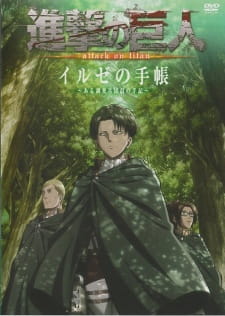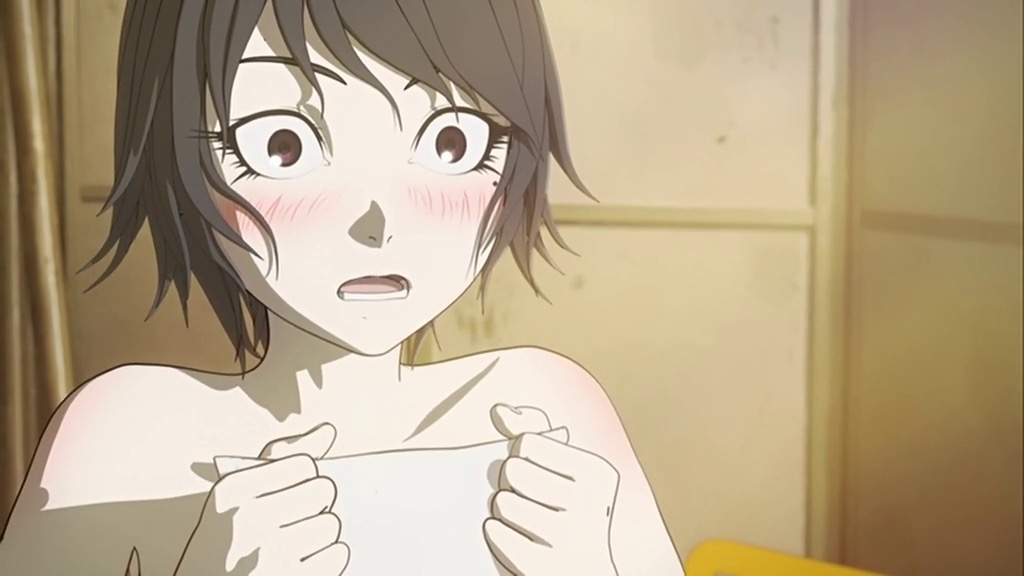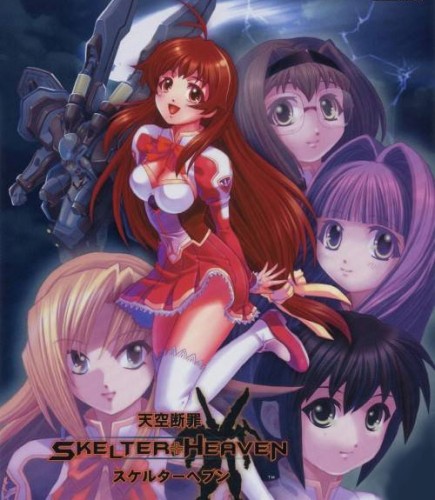

With the recent rise of 12-Episode Anime series as an alternate short format, as well as streaming video over the Internet, OVAs have come to be less frequently released, though by no means extinct the aforementioned Hellsing, Code Geass: Akito the Exiled and Ghost in the Shell: Arise are a sampling of recent OVA releases. The idea of this era as "the Golden Age of Anime" stems in part from the OVA boom, which led to a large number of unique stories being produced unrestricted and without a specific target audience and brought a level of creative freedom comparable to New Hollywood's effects on the American film industry. OVAs were most common in the 1980s and 1990s, particularly during the 1986-1991 asset price bubble (which, up until its bursting the following year, resulted in studios having a lot more money to back up the prospect of huge creative freedom), during which many well-known series were released in this fashion. Fans will often debate for quite some time as to which one is better, and which one is the definitive adaptation.
WHAT IS AN OVA FULL
Due to the heavy market decline of physical media in the west during the late 2000's and early 2010's, both the broadcast and OVA-exclusive material are typically carried over via streaming services, thus removing the physical distinction between them (said decline was also responsible for the heavy downturn in the animated hentai industry during the 2010's, which previously used the western DVD boom to accrue more money and support more technically ambitious projects).Ī common thread of discussion online happens whenever a manga which received an OVA as its first adaptation goes on to have a full anime series produced for television later down the line. Inversely, the exposure of a broadcast initial run may be a lure for viewer interest in the less censored, more serious story continuing on home media.
WHAT IS AN OVA TV
One trend which has become evident recently is the continuation of broadcast television series in OVA form after they complete their initial run the aforementioned lack of broadcast standards also allows writers to work in anything they couldn't put into the original TV show. However, even this is not always a guarantee- the Hellsing OVA series managed to adapt the entire ten volume manga it was based on. At least one OVA series ends with a plaintive plea for more money so the creators can continue making the show. OVAs are often produced "on speculation", with no guarantee that the story they tell will ever be completed- and many are not.

There are some caveats to the increased freedom, though.

Given the general lack of a clear-cut production schedule, the time duration of an OVA is rather varied- some are 26 minutes long, while others are 60-80 minutes, but the idea of an OVA being up to two hours long is uncommon. On the flip side, the vast majority of hentai series are produced and released as OVAs, just like much live-action pornography is released directly to home media or online. Additionally, since OVAs aren't aired to the public, censorship is a moot point, which allows shows for older audiences to avoid ducking more mature subject matter. Because the production house need not adhere to the rapid-fire schedule or constrained budget of a TV series or feature-length film, more effort and care can be applied to an OVA, resulting in a much higher level of quality. This partially arises from the view that Western "direct-to-video" releases are not good enough (or too explicit) for theaters OVAs, on the other hand, are seen as a step up from regular television production.

While the terms "direct-to-video" and "direct-to-DVD" have negative overtones, essentially being synonyms for Shovelware in the United States, "OVA" has almost exactly the opposite connotation.


 0 kommentar(er)
0 kommentar(er)
